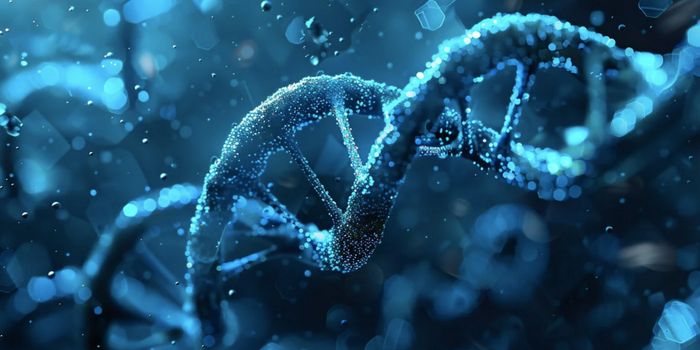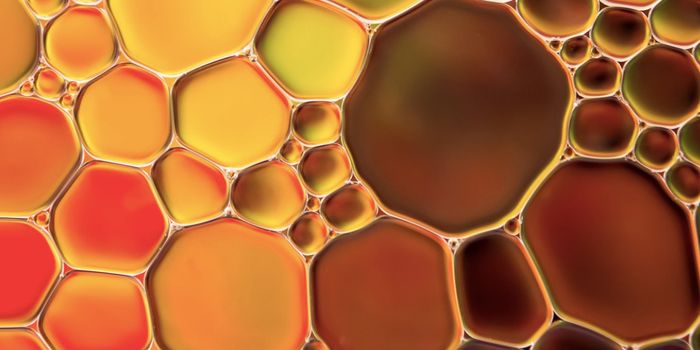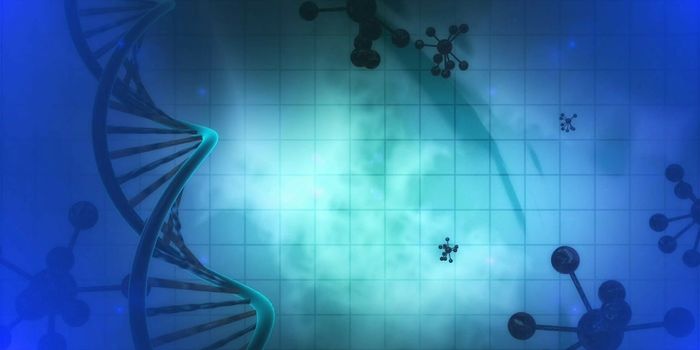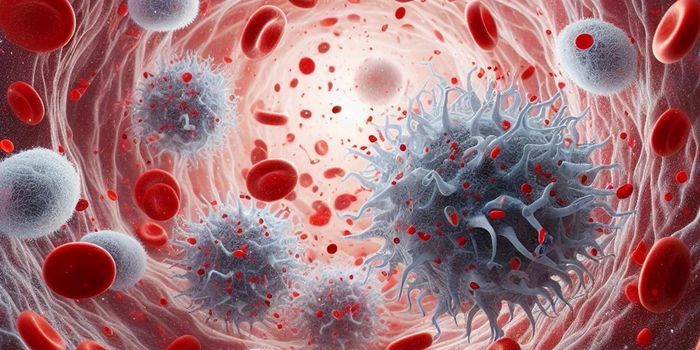Understanding aging: new research
We all do it every day, but there’s still so much we don’t understand about it. I’m talking about aging. But now new research published recently in the Journal of Biological Chemistry from the USC Viterbi School of Engineering sheds light on some of the mechanisms behind the aging process. The study could provide insight on improving cancer treatments and general health maintenance for older individuals.
"To drink from the fountain of youth, you have to figure out where the fountain of youth is, and understand what the fountain of youth is doing," said researcher and Assistant Professor of Chemical Engineering and Materials Science, Nick Graham. "We're doing the opposite; we're trying to study the reasons cells age, so that we might be able to design treatments for better aging."
The study focused on a process known as senescence, during which cells stop producing new cells. Previous studies have shown that senescence is directly related to age-related diseases like arthritis, osteoporosis and heart disease. Lead author Alireza Delfarah explains that, "Senescent cells are effectively the opposite of stem cells, which have an unlimited potential for self-renewal or division. Senescent cells can never divide again. It's an irreversible state of cell cycle arrest."
The team’s research idea is founded upon the discovery that senescent cells stop producing nucleotides. "This means that the production of nucleotides is essential to keep cells young," Delfarah said. "It also means that if we could prevent cells from losing nucleotide synthesis, the cells might age more slowly." Delfarah and fellow investigators used carbon isotopes to track how young epithelial cells behave fed nutrients. They found that senescent cells often have two nuclei, and that they do not synthesize DNA.
Their findings are significant because it broadens the picture we have of senescence. As Graham explains, senescence isn’t necessarily a bad thing only associated with aging – it also is a natural defense against cancer because it stops the development and spread of risky cells. "Sometimes people talk about senescence as a double-edged sword, that it protects against cancer, and that's a good thing. But then it also promotes aging and diseases like diabetes, cardiac dysfunction or atherosclerosis and general tissue dysfunction," he said.
Finding a middle ground that enables practitioners to take advantage of both good effects of senescence could be key to future improvements in cancer treatments as well as preventing diseases related to age. “We would like to find a way to remove senescent cells to promote healthy aging and better function," said Graham.
Sources: Science Daily, Journal of Biological Chemistry









